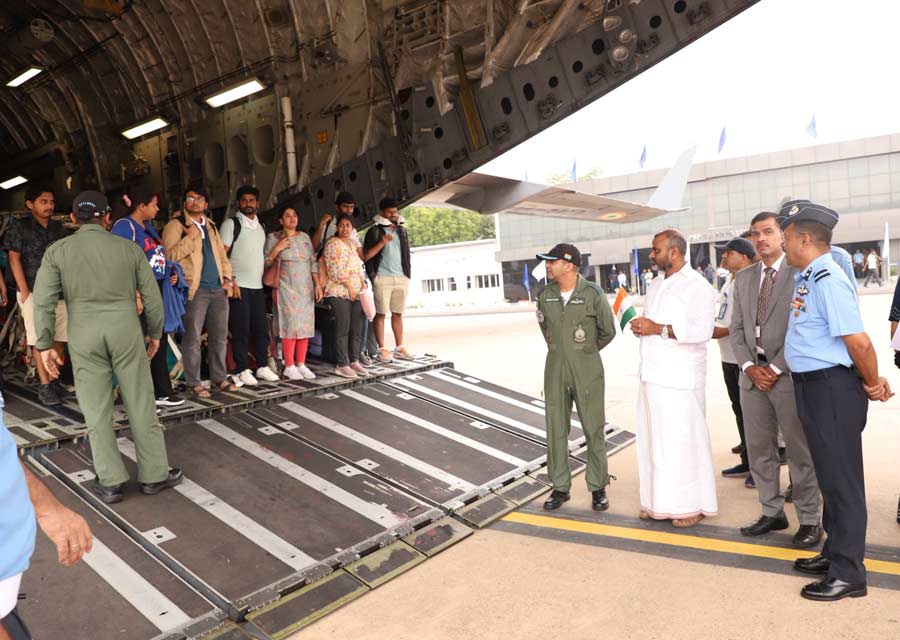Bhubaneswar, May 19: Participating in a five-day meeting at the Orissa University of Agriculture Technology (OUAT) here, scientists from various branches of agriculture emphasised on the role of “composite agriculture” in the face of changing climatic conditions and rainfall disparities in the region.
According to this technique, farmers can harvest more than one crop or go for mixing up agriculture with horticulture, pisciculture, apiculture, floriculture and animal farming.
The experts also discussed on the outcome of agricultural output in the ‘rabi’ season of December 2009 to May 2010 and ‘kharif’ season of June to December 2010. They are now chalking out a detailed plan for the current season. The report will be submitted to the state government.
Speaking on the occasion, OUAT vice-chancellor D.P. Ray said with 10 agro-climatic zones, Orissa was perhaps the only state in the country that had the potential to go for many types of crops and cereals. But, on the other hand, because of climatic variations, the development of new varieties for each area had surfaced as a great challenge.
“However, the university has developed one jute variety called ‘Shreshthaa’ by the Jute Research Station, Kendrapara. It was released by the central variety release committee for cultivation in the jute growing pockets across the nation. The variety gives an average fibre yield to the extent of 27 quintals per hectare,” he said.
Ray added: “The integrated pest management techniques have been standardised in rice and cotton at Regional Research and Technology Transfer Station (RRTTS) Chipilima and Bhawanipatna, respectively, which should be adopted by other areas for higher yield.”
Dean (research) M.M. Panda said while the Keonjhar research station had fixed mid-August as the ideal time for planting ‘kharif’ tomatoes with a yield of 144 quintals per hectare, the Similiguda station had formulated a combination of fertiliser, biofertiliser and vermin-compost to get better yield of ginger and turmeric. Stressing on the “efficiency” factor in farm operations, dean (agriculture) Dibakar Nayak said: “Self-propelled paddy transplanter, tractor-operated groundnut harvester and power-operated maize sheller have been successfully tested at RRTTS, Chipilima and have been showing exceptional results”.
However, Nayak observed that the research council meeting would stress on extensive use of farm machinery in the wake of labour crisis in the state due to industrialisation and development-related activities.
“Better post-harvest techniques for minimising loss should be on priority as most of the products are perishable. Economic alternatives such as, mushroom farming, pisiculture, apiculture, oil seeds production, floriculture, animal farming and poultry should be encouraged so that the agriculture sector will be remunerative and sustainable alternative for the stake holders,” he added.
Focussing on paddy, dean (extension education) S. Nanda said it was the principal source of income for majority of the farmers in Orissa “Our research output should be such that farmers get 15 to 20 quintals of paddy per hectare,” he said. He added that the university at present had 51 all-India coordinated research projects (AICRP), six national agricultural innovative programme, 17 need-based research projects under Rashtriya Krishi Vikash Yojana and 29 sponsored research projects.
The university has also taken up geo-positioning system (GPS) and geographic information system (GIS) based soil fertility mapping projects for five districts such as Puri, Cuttack, Khurda, Dhenkanal and Nayagarh and a national initiative on climate resilient agriculture in Kandhamal, Kendrapara, Jharsuguda, Sonepur and Ganjam and an AICRP project on floriculture.











